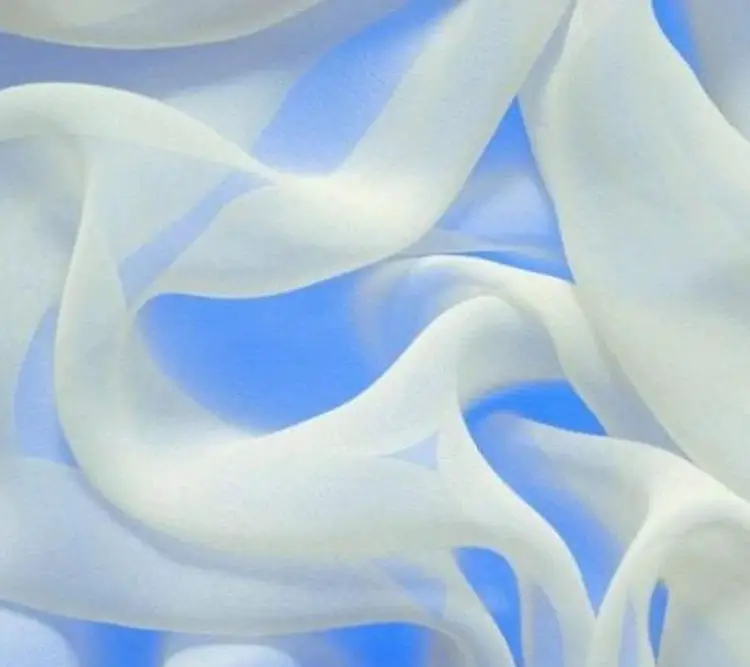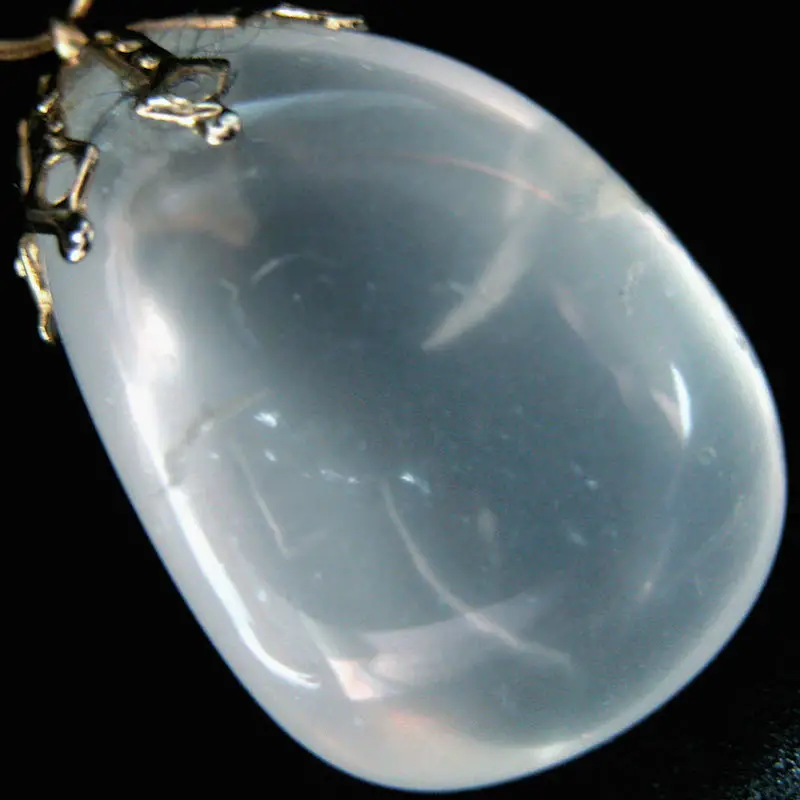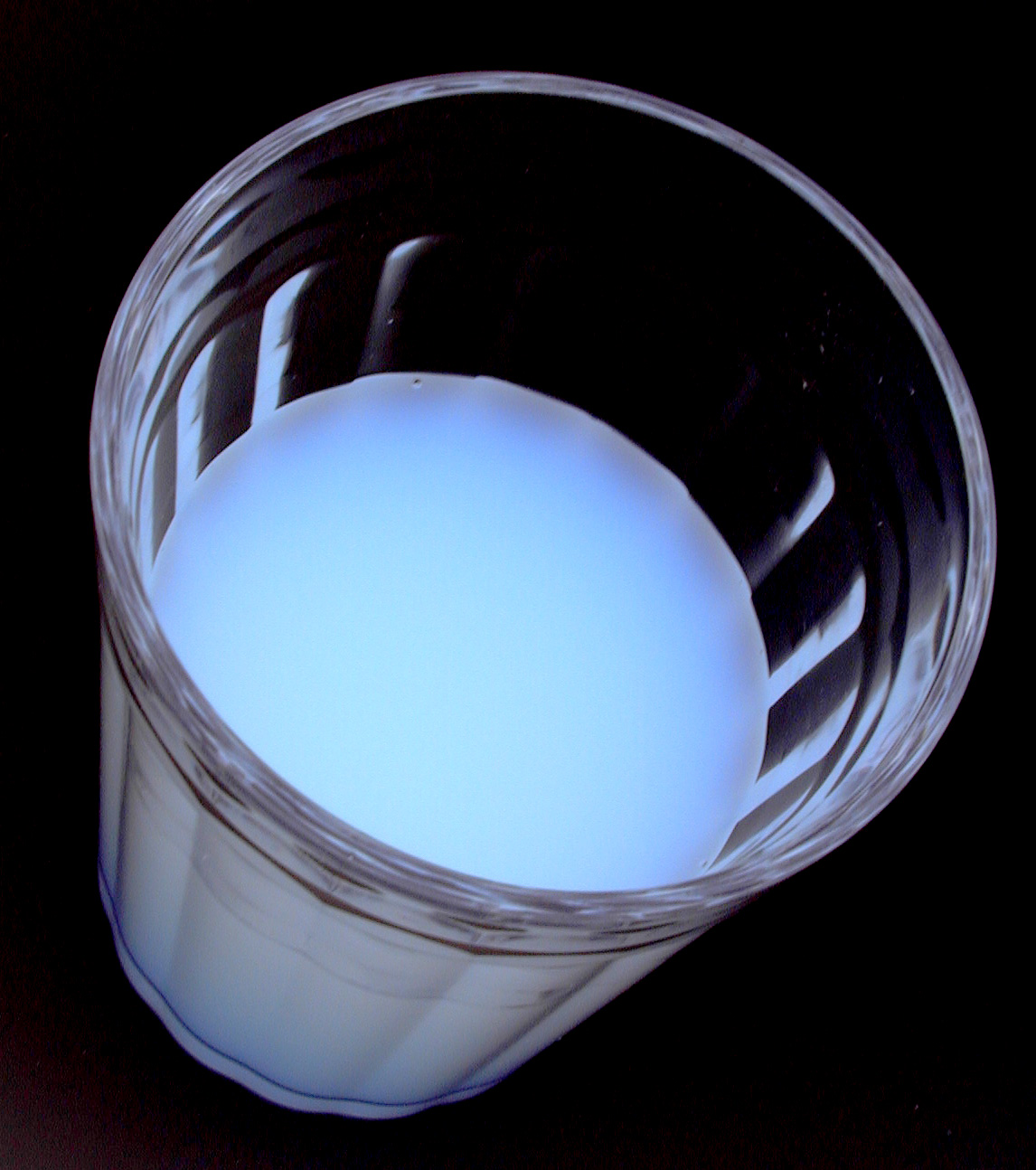

Through experiments, we show that our method can store surface features as well as maintain the translucency of the original materials and even enhance the perception of translucency. When the incident illuminant direction changes from nearly overhead to nearly horizontal, our method effectively preserves complex surface geometry details in the appearance of translucent materials.

In generating highlight effects, our method employs a local orthonormal frame and combines, in a novel way, the incoming and outgoing light in approximating the subsurface scattering process. In this paper, we propose a method to preserve the details of surface geometry by adding highlight effects. For objects that have complex shapes, this lack of detail is obviously more prominent. Since the characteristic soft appearance of translucent objects is due to subsurface scattering, the details are naturally left out in this appearance. doi: 10.1145/ acquisition of translucent objects has become a very common task thanks to the progress of 3D scanning technology. Fast separation of direct and global components of a scene using high frequency illumination.

Nayar S.K., Krishnan G., Grossberg M.D., Raskar R. Separating the direct and global components of a single image. Subpa-Asa A., Fu Y., Zheng Y., Amano T., Sato T. Direct-global separation for improved imaging photoplethysmography Proceedings of the IEEE Conference on Computer Vision and Pattern Recognition Workshops Salt Lake City, UT, USA. Transparent and specular object reconstruction. Ihrke I., Kutulakos K.N., Lensch H.P.A., Magnor M., Heidrich W.

An analysis of using high-frequency sinusoidal illumination to measure the 3D shape of translucent objects Proceedings of the IEEE Conference on Computer Vision and Pattern Recognition Colorado Springs, CO, USA. Moreover, this study has also revealed that the developed method is capable of getting accurate measurements and reconstructions of translucent objects when the background illumination exists, which has been considered as a challenging issue for 3D surface measurement and reconstruction of translucent objects.ģD reconstruction Fourier transform coherent projection optical filtering polarization translucent objects. The results of experimental investigation designed in accordance with our theoretical analyses have confirmed that accurate reconstructions can be obtained using the one-shot measurement based on the proposed approach of this study and Fourier transform profilometry, while the monochromaticity and the linearly-polarized characteristic of the projected sinusoidal signal can be utilized by using a polarizer and an optical filter simultaneously for removing the global component, i.e., the noised signal contributed by multiply-scattered photons and the background illuminance in the frame of our approach. The theoretical analyses are rigorously completed in this work, including the formation, propagation, and physical features of the generated sinusoidal signal by the designed optical system, the reflection and transmission of the projected monochromatic fringe pattern on the surface of the translucent object, and the formation and the separation of the direct-reflection and the global components of the surface radiance of the observed object. The proposed approach of surface-shape determination of translucent objects is based on the combination of the projected laser-beam-based sinusoidal structured light and the polarization technique. In this study, we focus on the 3D surface measurement and reconstruction of translucent objects.


 0 kommentar(er)
0 kommentar(er)
